Q. Ben, you often recommend different supplements as part of treatment recommendations as well as for sports performance or recovery. Which supplements do you actually use? -Seth
A. Thanks, Seth, for this excellent question! Opinions on the best supplements to use vary widely and can be quite controversial. Your dietary belief system and what type of exercise or activity you mainly participate in will determine which supplements may work best for you.
I tend to use certain supplements, such as protein, coconut oil, magnesium and super greens, on a regular basis. I take Creatine more intermittently as part of a cycling protocol. I use other supplements intermittently for a specific purpose such as fueling for a long run or improved recovery. I have tried many different types of supplements. I have personally experienced the most benefits from consuming these specific supplements.
My Top 10 Supplement Recommendations:
1. Protein. I prefer to supplement with a plant-based protein source because I regularly consume animal-based protein. Lifetime Life’s Basics Plant Protein is an organic vegan option that contains a blend of proteins which makes a complete amino acid profile. I prefer the vanilla, but it’s available in chocolate as well. It doesn’t have any other preservatives, chemicals or sweeteners. If you are used to mass produced supplements, your taste buds will have to adjust.
I also supplement with a goat-based protein source. Goat protein is a smaller particle size and may be more easily digested and utilized by the body. Mt. Capra Double Bonded Goat Milk Protein is an organic goat-based protein. Mt. Capra offers multiple flavor options. I prefer the chocolate, which is only flavored with organic cocoa powder. It doesn’t have any preservatives, chemicals or sweeteners. Again, if you are used to mass produced supplements, your taste buds will have to adjust.
If you’re interested in a whey supplement, Thorne Research Whey Protein Isolate doesn’t contain artificial flavors, colors, sweeteners, carrageenan or gluten. It is sourced from cows not treated with hormones. For more information on protein supplementation, please refer to How Much Protein Do I Really Need?
2. Amino Acids. Branch chain amino acids (BCAA) are the building blocks to protein. Runners and endurance athletes should pay particular attention to protein intake as maintaining muscle mass is critical for performance and injury prevention. Consuming amino acids before and during endurance events is an excellent method to keep your blood sugar stable and to maintain a high level of performance. It is also muscle sparing. You are more likely to metabolize energy from fats or carbohydrates stores (rather than muscle) when there are plenty of BCAA particles floating around in your digestive system and blood stream. I often combine supplementing BCAA with a carbohydrate fuel source such as Generation UCAN SuperStarch. If you prefer a ready-made product, I recommend Hammer Nutrition Perpetuem Ultra Endurance Fuel, which includes a carbohydrate source, protein, and fat source, and Hammer Nutrition Hammer Gel, which contains some amino acids.
3. Creatine. Creatine monohydrate is helpful for increasing skeletal muscle size, strength, and power production. It may also have a preventative effect for dementia and neurodegenerative diseases. I recommend 5 g per day. I typically consume it in 6-8 week cycles.
4. CapraFlex. My most recommended supplement to help recover from injury is CapraFlex by Mt. Capra. It combines an organic glucosamine and chondroitin supplement with other natural herbs which are designed to reduce inflammation. CapraFlex can be taken long term or intermittently. I use it to help recover from acute injury. I also use it as a preventative measure when in periods of high volume or high intensity training (HIT). For instance, I consume it during the final month of preparation for a race or an event.
5. Generation UCAN SuperStarch. Generation UCAN produces my favorite synthetic carbohydrate source. Generation UCAN SuperStarch is a gluten-free complex carbohydrate that is non-GMO. It has been specially formulated to stabilize blood sugar and not cause an insulin reaction. I typically utilize this product for any prolonged activity which exceeds 1.5 hours. Although it can be consumed throughout a race or prolonged activity, I typically consume a serving along with BCAA at the beginning of my activity. If additional fuel is needed during a longer run which exceeds 2 hours, then I typically utilize Hammer Nutrition Perpetuem Ultra Endurance Fuel and Hammer Nutrition Hammer Gel.
6. Magnesium. I use magnesium as a sleep and recovery aid. I consume it at night to help me sleep. This has been a major benefit for me as it significantly reduces muscle soreness, cramps and/or spasms. You can take Mag Glycinate in pill form or by eating foods higher in magnesium such as spinach, artichokes, and dates. Most people are deficient in the amount of magnesium they consume on a regular basis. I recommend beginning with a dose of 200 mg (before bedtime) and increasing the dose in 100 mg intervals as needed. I would caution you that taking too much magnesium can lead to diarrhea. Mag Glycinate in its oral form is the most highly absorbable. Although not as absorbable, Thorne Research Magnesium Citrate and magnesium oxide can also be beneficial.
7. Cinnamon. Cinnamon is a spice that has cholesterol lowering benefits and antifungal properties. It can reduce the proliferation of leukemia and lymphoma cancer cells. It has an anti-clotting effect on the blood which can reduce your risk of stroke or heart attack. Cinnamon may help treat Type 2 Diabetes by lowering blood sugar levels and increasing the amount of insulin production in the body.
The primary reason why I consume cinnamon is to stabilize blood sugar. Although I love the taste of cinnamon, you cannot eat enough to gain the noted health benefits. It must be consumed in a supplement form. I take about 1 g of cinnamon prior to consuming a high carbohydrate meal (particularly if I have not recently exercised). My blood sugar remains more stable, and I feel better between meals.
8. Caffeine. Many supplements contain caffeine. If you avoid caffeine, then you should continue to do so. Caffeine has many health and fitness benefits when used appropriately. Caffeine has been proven to increase cognitive performance. It may also help to mobilize fat stores, which aids your body’s ability to use fat as a primary fuel source. Better fat utilization can help to stabilize blood sugar and increase your energy levels. This may allow you to participate in longer bouts of exercise or push yourself harder during your high intensity training (HIT) workouts.
One way in which caffeine improves performance is by sparing glycogen. Glycogen is your body’s preferred fuel source (particularly during the first 15 minutes of exercise). The sparing of glycogen can help you to transition from primarily carbohydrate utilization to fat utilization. Caffeine peaks in absorption approximately 45 to 60 minutes after ingestion, but it likely has a much longer effect on fat utilization.
Caffeine has also been shown to lower submaximal heart rate. When considering a long distance event, this can be very beneficial in how long you can sustain your pace (meaning that you can push yourself harder for longer). Unfortunately, it has not yet been proven to lower maximal heart rate during maximal exercise such as HIT. This means its best indication for use is likely during submaximal activity such as distance running. The approximate amount needed for ergogenic benefits is 3 mg of caffeine per kilogram of body weight or 3 mg for every 2.2 pounds of body weight.
If you weigh 150 lbs., divide that by 2.2 lbs. which equals approximately 68 lbs. Next, multiple 68 lbs. by 3 mg for your needed caffeine dose. In this example, 204 mg of caffeine is needed for a person who weighs 150 lbs.
I recommend ingesting caffeine at least 15 minutes prior to your run and approximately every 45 minutes (depending how long you will be running). I would not over consume caffeine as potential side effects include: poor sleep quality; gastrointestinal distress; headaches; muscle cramping; and dehydration. Caffeine is a mild diuretic and can cause anxiety. If you are already taking a diuretic, please consult with your physician about using caffeine as an ergogenic or cognitive aid.
9. Super Greens. Most people do not consume enough greens. Green super foods, such as spirolina and wheat grass, are packed high in antioxidants. They can have a cleansing and an alkalizing effect. Super greens boost your immune system and are generally good for you. Super greens should be consumed daily, but it’s particularly important to supplement with during times of high stress (including high training stress). Amazing Grass Green SuperFood is easily consumed in a powder form and typically tastes best when mixed in with food. I usually mix it into hot oatmeal or a smoothie. You can also utilize a pill form. Energy Bits is spirolina in a pill form. I have utilized Energy Bits as part of a fueling plan for longer runs and activities with great success. I found them to have a blood sugar stabilizing effect while keeping my energy levels high. I also combined Energy Bits with Generation UCAN SuperStarch which seems to work particularly well.
10. Coconut Oil. I typically purchase Kirkland Organic Coconut Oil at Costco. Nature’s Way Coconut Oil is another option. I typically mix a protein supplement into my black coffee along with a teaspoon of organic coconut oil, which is full of medium chain triglycerides (MCTs). Coconut oil does not negatively affect cholesterol levels. It has no added flavor. It helps to stabilize my blood sugar and keeps me satiated for hours.
Coconut oil offers many health benefits including:
- Helps to stabilize blood sugar
- Helps metabolize energy stores more efficiently
- May have protective effects on brain related disorders
- Reduces the risk of illness and infections
- Helps to control hunger cravings
- Reduces the risk of seizures and heart disease
- Moisturizes skin
- Helps children’s brains develop by providing the correct nutritional building blocks for the nervous system
When choosing supplements, I tend to gravitate to supplements that can enhance performance, improve recovery, stabilize blood sugar or reduce inflammation. The ultimate goal with supplements is to aid your body in improving health and/or performance. Try to choose the most natural products as possible and experiment to see what works best for you. For a glimpse into my medicine cabinet (and other recommended products that I personally use), please visit my Resource Guide. Thanks, Seth, for your question!
What is your favorite supplement and why? Please leave your comments below.
If you have a question that you would like featured in an upcoming blog post, please submit your question to contact@thePhysicalTherapyAdvisor.com. Be sure to join our growing community on Facebook by liking The Physical Therapy Advisor!
Disclaimer: The Physical Therapy Advisor blog is for general informational purposes only and does not constitute the practice of medicine or other professional health care services, including the giving of medical advice. No health care provider/patient relationship is formed. The use of information on this blog or materials linked from this blog is at your own risk. The content of this blog is not intended to be a substitute for professional medical advice, diagnosis, or treatment. Do not disregard, or delay in obtaining, medical advice for any medical condition you may have. Please seek the assistance of your health care professionals for any such conditions.

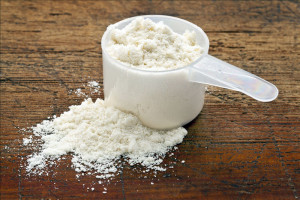
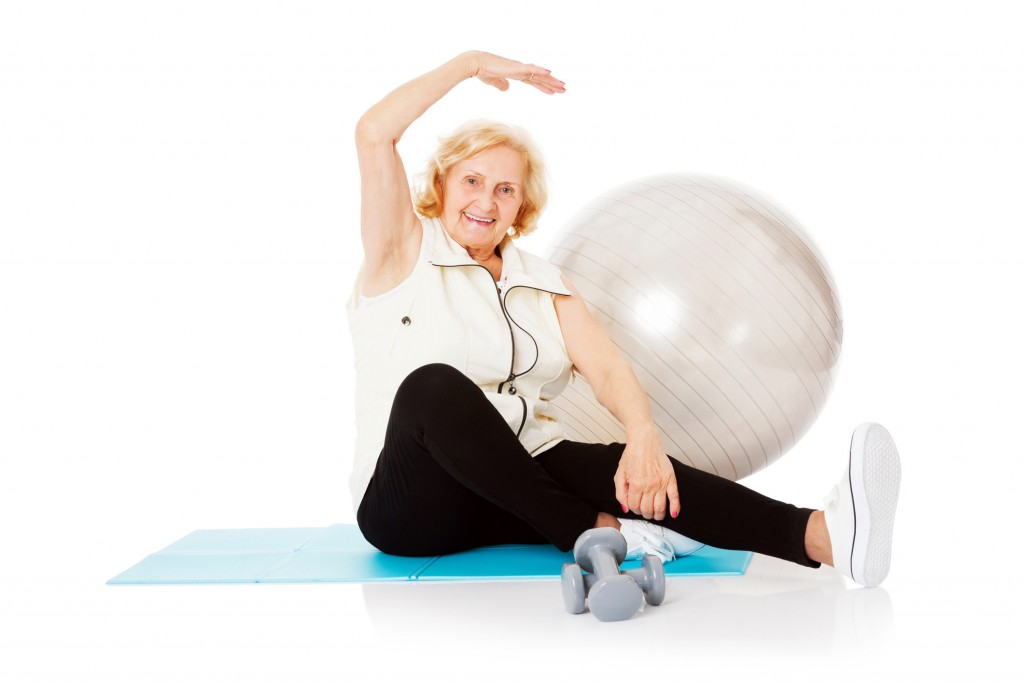
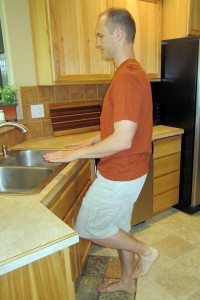
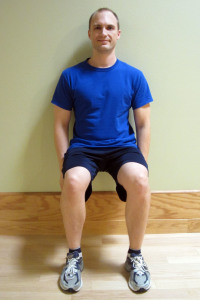

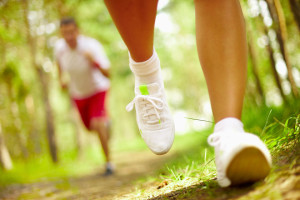
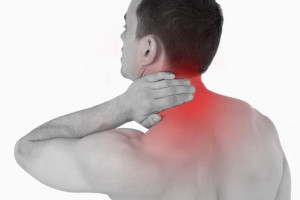
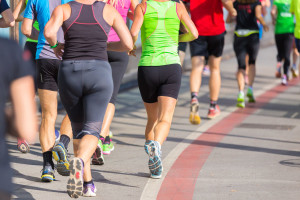
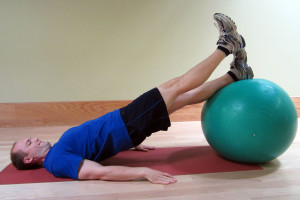
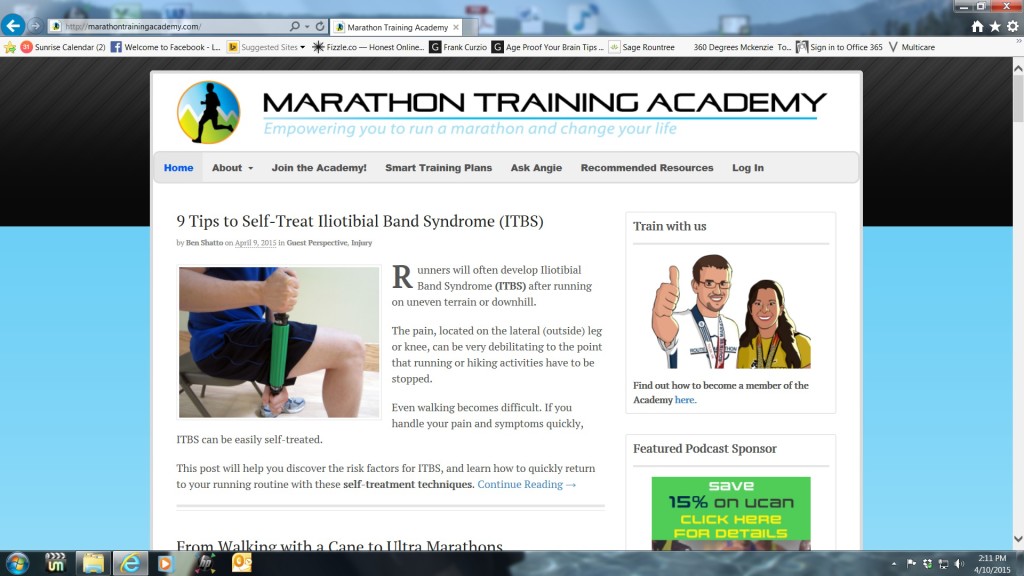
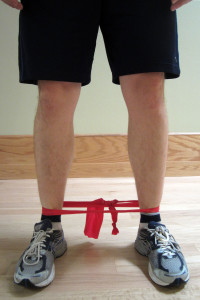
In this guest post for Marathon Training Academy, you will discover the risk factors for low back pain (LBP) and learn how to implement prevention strategies during exercise in order to avoid episodes of LBP.